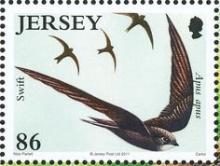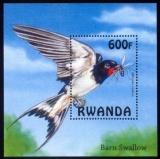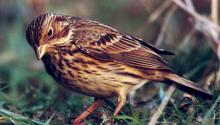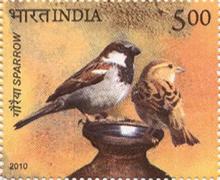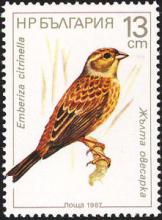Increased use of insecticides and declining bird species in Essex
The Reed Bunting (Emberiza schoeniclus), the Skylark (Alauda arvensis), the Song Trush (Turdus philomelos), the Tree Sparrow (Passer montanus) and the Turtle Dove (Streptopelia turtur) have suffered a dramatic decline in numbers across Essex over recent years. The increased use of insecticide on Essex farmland would be expected to have a detrimental effect on the population of the Song Thrush, which is an invertebrate feeder, but a reduction in the number of insects, such as beetles, after insecticide spraying could also be an important factor in the decline of the Reed Bunting and the Skylark, which feeds its young exclusively on insects during the first weeks of life.


